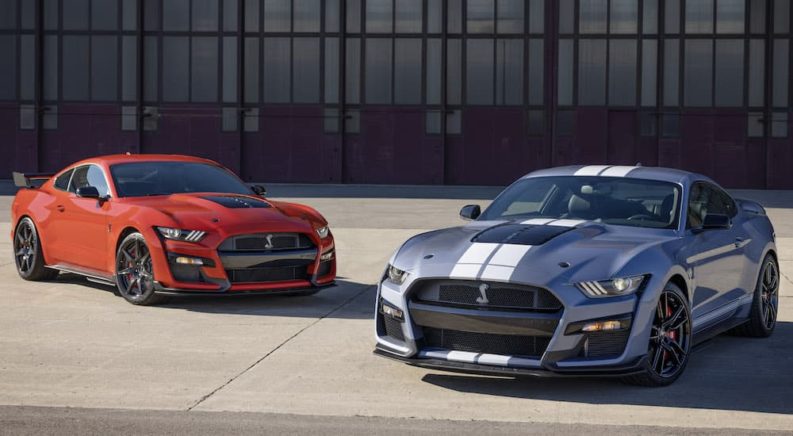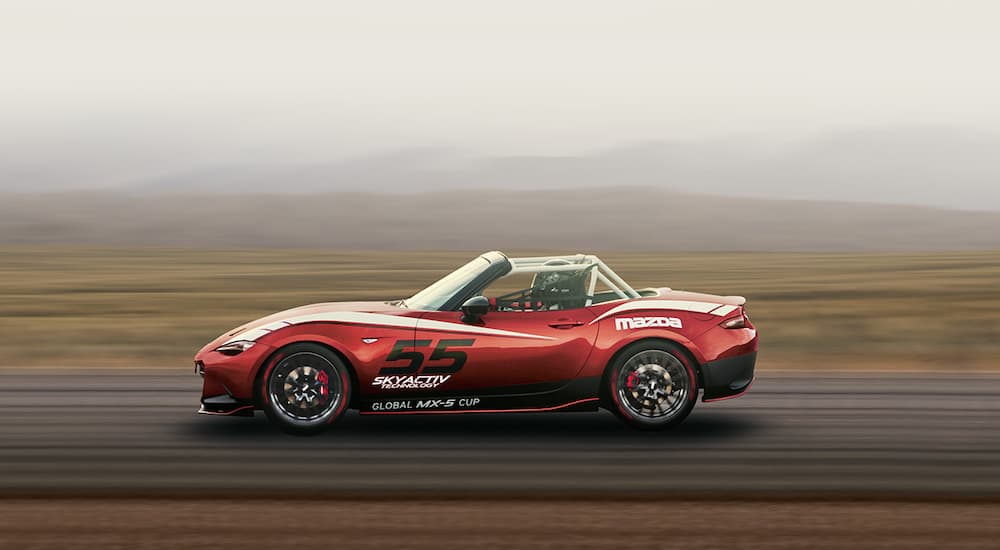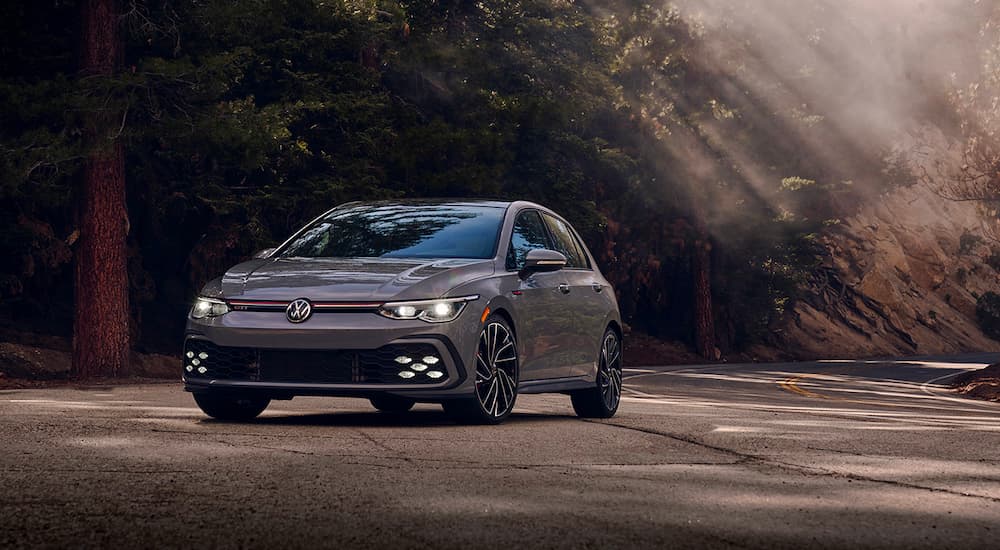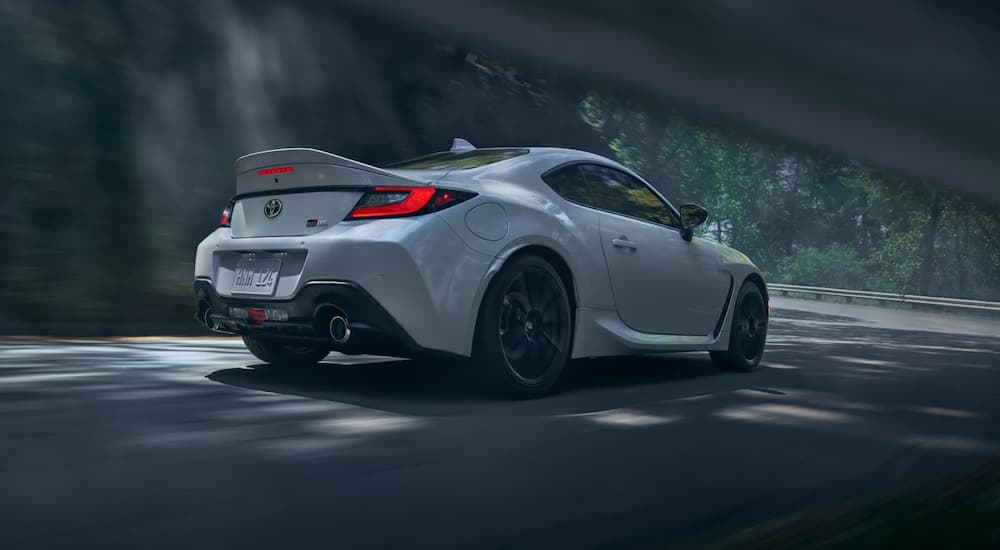Much attention is lavished on brand-new big-name models for pushing the limits of performance, technology, and luxury. It can seem that the industry standard is 0-60 in 3 seconds or less, telepathic infotainment and an $80,000 starting price. However, while they aren’t grabbing as many headlines, cheap sports cars get even more love from enthusiasts who would rather spend $20 to $40,000 upfront on something just as fun and way more replaceable than the shiniest new superstar. Although much has been written and filmed about the Tesla Model S over these years, it is surely dwarfed by the sheer tomes of knowledge shared online about the Chevy Camaro.
The thing is, a cheap sports car is accessible. More people can get their hands on them, more are willing to work on them or put them through their paces, and they find a larger, stronger community built around their favorite whips than they would if they were holding out for executive class models. And there’s no shortage of options—virtually any school of design is included in the cheap sports car realm, with something offered for almost any type of driver!
The Muscle Car
Harkening back to the 1960s, designs with long hoods, big engines, and huge personalities find themselves in the muscle car category. Traditional muscle cars are known for being quick in a straight line (once they stop burning rubber) but nearly hopeless in the curves, thanks to ponderous mass and dubious dynamics. No modern vehicle exemplifies this better than the Dodge Challenger, which starts at $30,825 for 2022 with 303 hp and a modest 0.93 g of road holding capability—it’s well-known as a comfortable cruiser with plenty of style and power, not a canyon carver.
The Challenger has rivals that are far more famous, most notably the Mustang and Camaro. These days they’ve been making names for themselves on the racetrack, with the ZL1 1LE Camaro and GT500 Mustang positioned as genuine track weapons, but pure muscle cars they remain. Some of the best power-per-dollar numbers on the market come from mid-trim Mustangs and Camaros, and the starting points aren’t bad either, delivering 310 hp and 275 hp for $27,205 and $26,395, respectively.
Muscle cars benefit from enormous nostalgia value and universal cool-car appeal. Truth be told, they aren’t the easiest cars to drive, thanks to typically poor visibility and a propensity to oversteer, but few vehicles can impact your road presence as effortlessly as a muscle car. If you have little need for a rear seat and no time for modifications, then maybe a muscle car’s for you!
The Roadster
Quick—what’s the first car that comes to mind when you think of a cheap sports car? If you said the Mazda Miata, you’re not alone! Mazda’s tiny roadster is a modern classic. Though its looks may be divisive for being “too cute,” there isn’t much more a driver could want from a small, fun car.
Roadsters are defined by drop-top roofs, a low center of gravity, and a centered or rear-oriented seating position. Power is a secondary concern for these cars, which are typically lightweight enough that sheer power doesn’t matter much – they’re much more about enjoying the sunshine and carving canyons with confidence.
The Miata is a perfect example of this, with even smaller proportions than usual but a reputation for some of the sharpest handling dynamics in the industry. The huge fandom surrounding the Miata makes it a great project car, too, with tons of examples to follow and aftermarket support to draw from!
The Fiat 124 Spider deserves an honorable mention—while it isn’t nearly as popular, it’s built on the Miata platform and brings a distinctly Italian flair to its look, and one can find used BMW Z4 models offering a more touring-oriented experience. But ask any enthusiast what the best cheap roadster is or even the best cheap sports car, and you’re likely to hear them answer with the Honda S2000.
They can’t be bought new anymore, and they’re not going to be “cheap” much longer (if they can still be called that), but it has to be mentioned here. The engine, a 237 hp 2.0L naturally-aspirated four-banger, remains one of the highest specific power output naturally-aspirated power plants of all time, bested only by supercars and road-legal race cars. With no automatic transmission options, a major plug in The Fast and the Furious franchise, and dynamics inspired by the legendary NSX, the S2000 is already a legend in its own right and is rapidly becoming priced as such. But for now, or at least until very recently, the S2000 is still an affordable and awesome roadster.
The Hot Hatch
You tell your mom not to worry—you resisted temptation and settled on a safe, practical hatchback instead of a wild two-seater. Satisfied, she tells you to be safe, she loves you, and good night. You love your mom too. You love your new juiced-up pseudo-sleeper car almost as much. I say pseudo-sleeper because those in the know are aware of what you’re going to get from a car like the Volkswagen GTI, Fiesta ST, or Veloster N. Your mom might not know it, but these hot hatches have some serious street cred. Strangely enough, though, it seems each member of this crowd has some tragic flaw lately. Let’s take a look at some of the most well-known models to demonstrate:
First, the Ford Fiesta ST is no longer sold new in North America, which is flaw #1. It’s cheap and efficient thanks to its size, as it needs only a little power to zip like lightning, and its diminutive stance grants it excellent handling dynamics. That size cuts heavily into the practicality benefit of having a hatch in the first place, which is another downside, but not as bad as the fact that we can’t get them new anymore.
Then there’s the Veloster N. Hyundai’s N brand is a newcomer to the performance scene, but it’s making noise (figuratively and literally) with a 275 hp turbocharged engine that’s loaded with pops and bangs to let everyone know you’ve arrived. The manual and dual-clutch transmission options are both excellent, with the auto’s “N Grin Mode” temporarily unleashing an additional 11 horsepower for an extra boost of fun. But in practicality comparison tests, it lines up against the Toyota GR 86 more than the Golf GTI! Plus, with a starting price of $32,500 for 2022, it’s another model pushing hard on the definition of “cheap.”
Last is the GTI. What could possibly be wrong with a GTI? It’s been win after win for the Mk 5 – 7, with every one being a hit and an excellent evolution of its predecessor. Renowned for tight handling, superb dynamics, and an entertaining engine dressed up in red highlights and plaid cloth seats, few vehicles are as iconic as the Volkswagen hot hatch. I have just one gripe with this car in 2022, the first of the Mk 8 generation, is that virtually all control points in the interior are capacitive, with no physical buttons or dials to speak of. At the risk of completely curmudgeon-ing myself, this new-fangled technology is crap, and I won’t be caught dead using it. Do you remember using a dial to adjust the volume? Pepperidge farms remembers, and so do I, dangit!
The Commuter
Alongside the hot hatch, though arguably less hot in most circumstances, is the commuter, the sport-tuned sedan. If there’s something too immature or small about a hatchback, then maybe the sedan is for you. True sport sedans are not limited to the likes of the BMW M division or Cadillac V if you’re willing to stick to the smaller side of the sedan world. How small? Jetta small. The Jetta is in its 7th generation and, for now, isn’t loaded up with capacitive controls, but in GLI trim it brings 228 hp and a sport-tuned suspension in the spirit of the GTI. It’s certainly more surprising than the Golf these days and might be harder to find, but it could be plenty of fun to own!
If you like something a little rougher around the edges than a VW, there’s always the Subaru WRX. While it doesn’t necessarily look sporty, except in STI trim, Subaru’s classic rally car model brings over 270 hp for under $30,000 from its signature boxer engine. With the staple symmetrical AWD drivetrain, it’s ready in any guise for serious dirt track action, sounds awesome with modified exhaust (at least, its drivers think so), and looks…well, with those new plastic fenders, it looks like it’s meant to get muddy.
Then who could leave out the iconic Civic Si? The Type R doesn’t get a mention here—that’s a bonafide race car starting around $40,000. But the Si starts under $30,000 and represents the perfect blend of track car extravagance with economy car sensibility. 200 hp doesn’t write home often, but I drove the 2006 Si in Acura guise for years and found it a quick and nimble delight under all driving conditions. Basically, everything Honda is good at doing, they’ve done in this car, making it one of the best all-around cars on the market.
The Tuner
Last but not least in this tour is the tuner. The car that sells for economy prices without economy practicality—two usable seats, insufficient trunk space for a road trip, and unsurprisingly popular with gearheads. They have a way of hanging around for ages as used ones find second lives as project cars because they offer tons of room for improvement with little initial capital investment.
These days, the best cheap tuner car is almost undoubtedly the Toyota GR 86 / Subaru BRZ joint development project. Early in the first generation of this car, I heard it dubbed “the poor man’s Corvette,” which is probably fair. The looks at the time were similar enough, and it was just powerful enough to be fun. Now finally entering a new generation, the power and torque delivery have been significantly improved, elevating this car’s business case against the Miata, Veloster N, or Nissan Z. The two models are differentiated by modest suspension tweaks that make the Subaru more composed for daily driving while the Toyota is more eager to step out from an aggressive turn. Ultimately, there may not be a better option for getting into tuning on a budget in today’s market, but that doesn’t mean these are the only players in this game.
That’s because the Nissan Z exists. You’ve got to wait a while for it to really be considered cheap. The new Z starts over $40k, and late-model 370Z models will sell for mid-$30k for years, but as Donut Media demonstrated in their Hi-Low series, the upside of a Z is tremendous if you have the means to do the work. The Nissan Z’s legacy makes it one of the automotive world’s golden boys, and the aftermarket support is extensive too, but right out of the box, it’s already a lot stronger than the GR 86, so if the actual tuning isn’t for you, a Z might be just right.
The Privilege of Choice
I’d dare say that cheap sports cars deserve more mainstream love. While top-line models and trendsetters take up headlines, I get discouraged by the mountainous price tags that go with them. I think things would seem rosier if they focused on the models I might actually be able to drive someday and how to go about making the most of what their platforms have to offer. After all, a cheap sports car isn’t for the “my car is an appliance” crowd—they’re for those of us who live for the thrill of the ride, who don’t mind getting our hands dirty and getting familiar with what’s going on under the hood.
It’s easy to understand the fandom for these cars, though it amazes me that the industry supports so many options. The good news is, every model has its own upsides, so if you’re trying to find the best one for you, the answer just might be which one is the cheapest.







